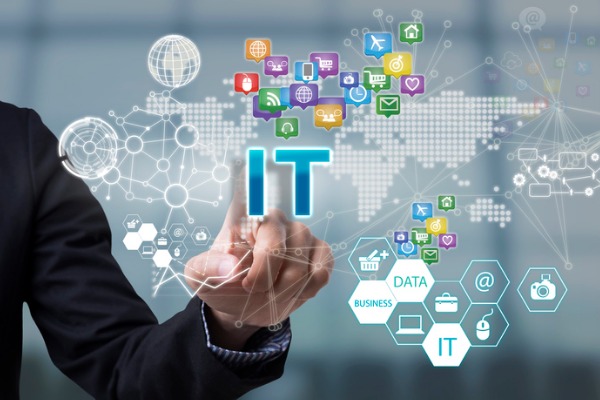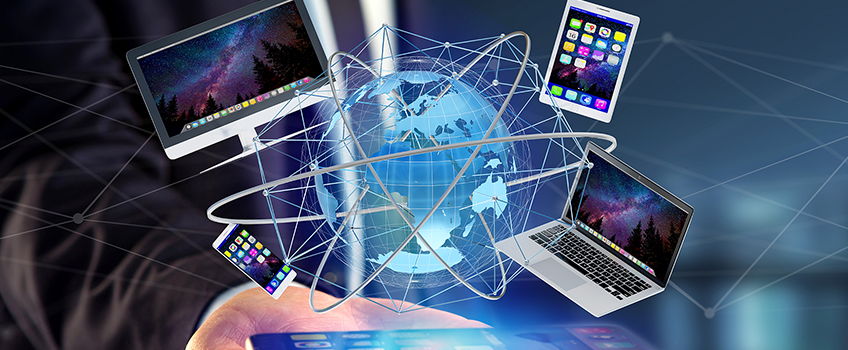How is computing innovation beneficial and harmful?
Computing innovation has brought about numerous benefits to society and has dramatically changed the way we live and work. One of the most significant benefits is increased efficiency and productivity. With the help of computers and the internet, people are now able to access and process vast amounts of information quickly and easily. This has greatly improved the speed and accuracy of many tasks and has made communication between people and businesses faster and more convenient. Additionally, computing innovation has allowed for automation of many tasks that were previously done manually, freeing up time for people to focus on more creative and strategic endeavors.
However, computing innovation also has its harmful effects. One major concern is privacy and security. With the increased use of technology and the internet, personal information is more vulnerable to theft and misuse. Hackers and cybercriminals can easily access sensitive information, such as credit card numbers and social security numbers, putting individuals and businesses at risk. Another issue is the potential for job displacement as automation and artificial intelligence become more widespread. While these technologies can improve efficiency and reduce costs, they may also lead to unemployment as some jobs become redundant.
Moreover, excessive use of technology can also have negative effects on our physical and mental health. Prolonged exposure to screens can cause eye strain, headaches, and disrupted sleep patterns. The overuse of social media and the internet can also lead to feelings of anxiety, depression, and a decreased attention span. Additionally, the sedentary nature of many technology-related activities, such as gaming and browsing the web, can contribute to physical inactivity and an increased risk of health problems such as obesity and cardiovascular disease.
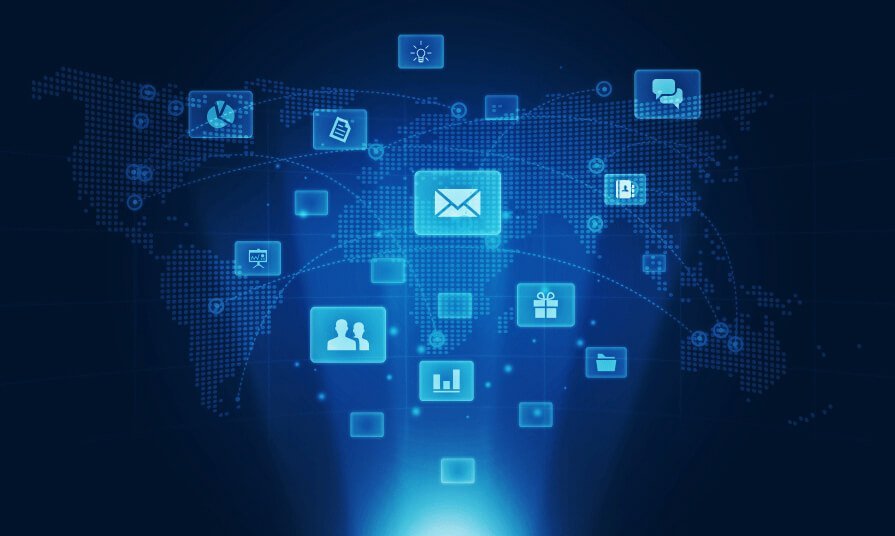
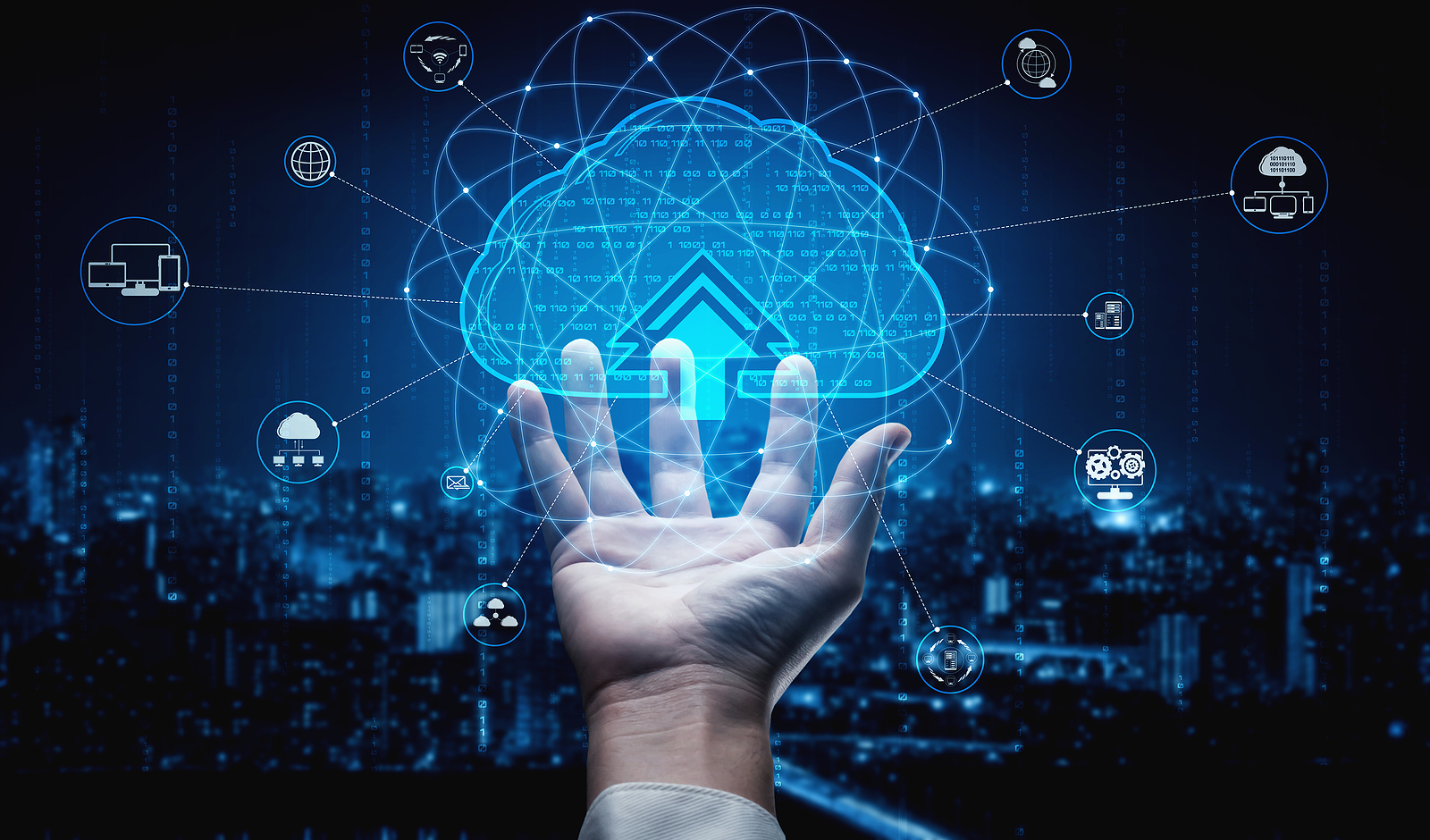
How does computing innovation have impact beyond it's intended purposes?
Computing innovations have a significant impact beyond their intended purposes, and this is evident across various fields of application. For example, the development of Artificial Intelligence (AI) and Machine Learning (ML) was initially aimed at creating systems that could perform tasks without human intervention. However, AI and ML have found their way into various industries and applications, including healthcare, finance, and logistics, where they are used to enhance efficiency, reduce costs, and improve decision-making processes.
Another example of computing innovation impacting beyond its intended purpose is the development of the internet. Initially, the internet was designed to facilitate communication between researchers and scientists, but today it has become a vital component of modern society. The internet has transformed the way people interact, communicate, and conduct business. It has also opened up new opportunities for education, entertainment, and personal growth.
Computing innovation has also had a significant impact on the environment. For example, the development of smart grid technology was aimed at improving the efficiency and reliability of the electricity grid. However, this technology has also contributed to reducing greenhouse gas emissions and improving the integration of renewable energy sources. Similarly, the development of smart cities was intended to enhance the quality of life for urban residents, but it has also contributed to reducing energy consumption, improving transportation, and promoting sustainable development.

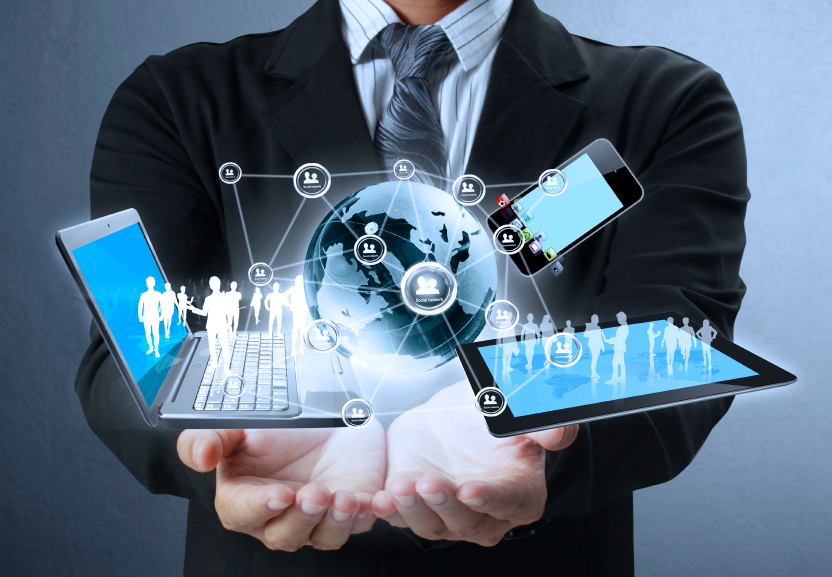
What is the concept of digital divide?
The digital divide refers to the gap between individuals, households, and communities who have access to information and communication technologies (ICTs) and those who do not. This divide can manifest in different forms, including differences in internet access, computer ownership, and digital skills. In general, those who have access to these technologies are better equipped to participate in the digital economy and take advantage of the benefits of the digital age, such as access to education, health care, and job opportunities.
One of the main factors contributing to the digital divide is uneven distribution of resources and infrastructure. In many cases, low-income households and communities in rural or remote areas lack the resources necessary to access and utilize ICTs. This can be due to factors such as limited availability of broadband internet, lack of affordable devices, and insufficient training and technical support. As a result, these individuals and communities are excluded from the many benefits of the digital age.
The digital divide can have significant implications for society and exacerbate existing social and economic inequalities. It can limit access to essential services, such as healthcare and education, and hinder economic growth and development. To bridge the digital divide, efforts must be made to ensure that everyone has equal access to ICTs and the skills necessary to use them effectively. This can be achieved through policies and initiatives aimed at increasing access to infrastructure and devices, improving digital literacy, and promoting digital inclusion.
